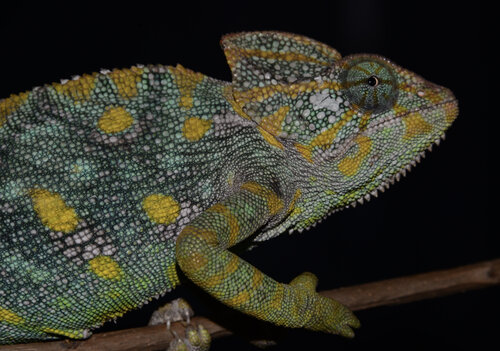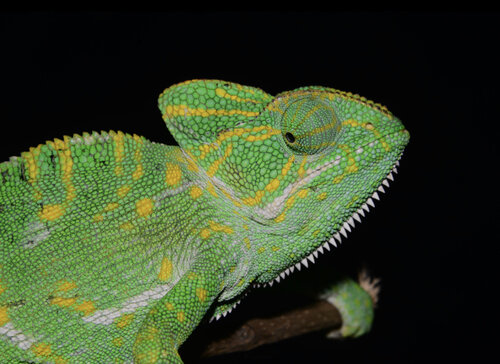PetNcs
Chameleon Enthusiast
Noone knows rhe exact mechanismSo I don’t disagree that fogging helps hydrate. I just want to know how. Is it condensation in the upper airway that is swallowed? Is water somehow absorbed through tissue in the lungs? Is it absorbed through some permeable membrane in the skin? Curious, I despise the idea of blind faith, and want to know the mechanism. I mean, if turtles can breath underwater through their butts, why can’t a chameleon hydrate through their lungs?
As no-one ever has studied it in detail yet
You can require whatever you want but reality is the real scientific projects do not care for chameleons that much...














